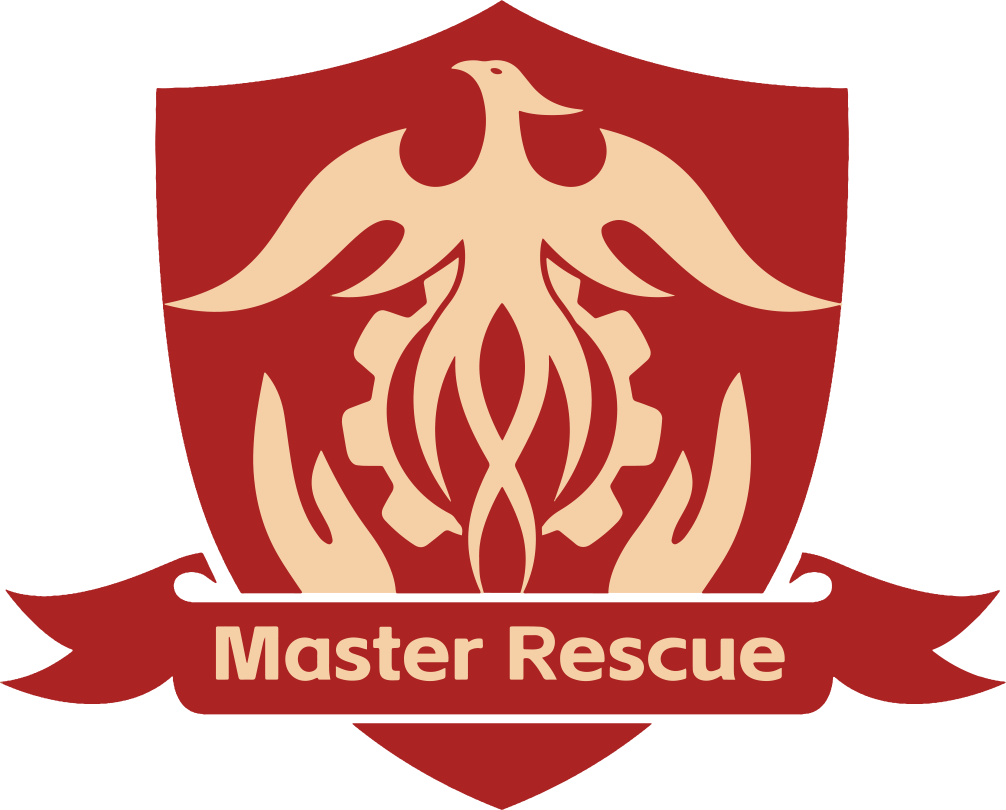As airway management continues to evolve, the Nasopharyngeal Airway (NPA) remains a cornerstone of pre-hospital and clinical care, offering an effective and non-invasive solution for maintaining airflow in patients with compromised airways. While its primary use is well-established in emergency and trauma care, there are emerging trends and potential future applications that could further enhance its utility in medical practice.
Emerging Trends in Nasopharyngeal Airway Use
In recent years, new research and technological advancements have explored novel ways to improve the design and functionality of the Nasopharyngeal Airway, particularly in emergency medicine and critical care. Here are some key trends to watch for:
- Advancements in Material Technology
New materials that are both flexible and more durable are being used to manufacture NPAs. This allows for more comfortable and longer-lasting devices. Some newer NPAs are made from softer materials that reduce the risk of trauma to the nasal passages while still maintaining airway patency. - Incorporating Suction Capability
Some modern NPAs are designed with integrated suction channels, which allow healthcare providers to clear the airway of blood, vomit, or other obstructing substances without the need for a separate suction device. This feature is particularly valuable in trauma situations where rapid airway management and clearance are crucial. - Smarter Nasopharyngeal Airways
With the advent of smart medical devices, there’s a growing interest in developing NPAs that are integrated with sensors. These sensors can detect obstructions or improper placement and alert medical professionals to potential issues, allowing for better decision-making and quicker response times in critical situations. - Use in Specialized Medical Settings
While NPAs have long been a staple in trauma and emergency care, they are also gaining attention in areas like pediatric care, sleep medicine, and airway management during surgeries. In pediatric care, NPAs can be used to clear obstructions in children with smaller nasal passages, offering a less invasive alternative to intubation. In sleep medicine, NPAs are being investigated for their potential in managing sleep apnea by keeping the airway open during sleep.
Training and Education: Ensuring Proper Use of Nasopharyngeal Airways
Despite the Nasopharyngeal Airway being a relatively simple tool to use, its effective application requires proper training and skill. Inadequate training can lead to improper use, such as incorrect placement, unnecessary discomfort, or even damage to the nasal passages.
- Basic and Advanced Airway Training
First responders, paramedics, and healthcare providers are often required to undergo both basic and advanced airway management training. During this training, they are taught the appropriate indications for NPA use, as well as the best techniques for insertion and ongoing monitoring. Simulation-based training, which replicates real-life emergency situations, helps trainees understand the pressure and urgency involved in managing a compromised airway. - Practical Application of NPAs in Field Settings
For paramedics and EMTs, the use of NPAs is part of standard protocols for airway management during trauma or other emergency responses. Regular drills and hands-on practice help ensure that responders can confidently use NPAs in high-stress situations, improving the chances of positive patient outcomes. - Educational Resources for Laypeople
For non-medical individuals, such as workplace first responders, having access to educational resources about how and when to use an NPA can make a significant difference. Training programs tailored to laypeople can teach them how to respond during medical emergencies, including how to use NPAs to secure an airway when trained professionals are not immediately available.
Conclusion: Nasopharyngeal Airway as a Lifesaving Device
The Nasopharyngeal Airway (NPA) has proven itself to be an invaluable tool in both emergency medical care and critical care settings. Its non-invasive nature, ease of use, and effectiveness in maintaining a patent airway make it a cornerstone of airway management. Whether used in the field by paramedics or in the hospital by healthcare professionals, the NPA can be the difference between life and death for patients with compromised airways.
As healthcare technologies evolve, the NPA will likely continue to improve, becoming even more effective and user-friendly. For now, understanding when and how to use an NPA remains an essential skill for anyone involved in medical care. From trauma teams to emergency responders and healthcare providers, the Nasopharyngeal Airway remains one of the most reliable and life-saving devices for managing compromised airways. As the medical community continues to innovate, the NPA will remain a vital component of airway management protocols worldwide.
